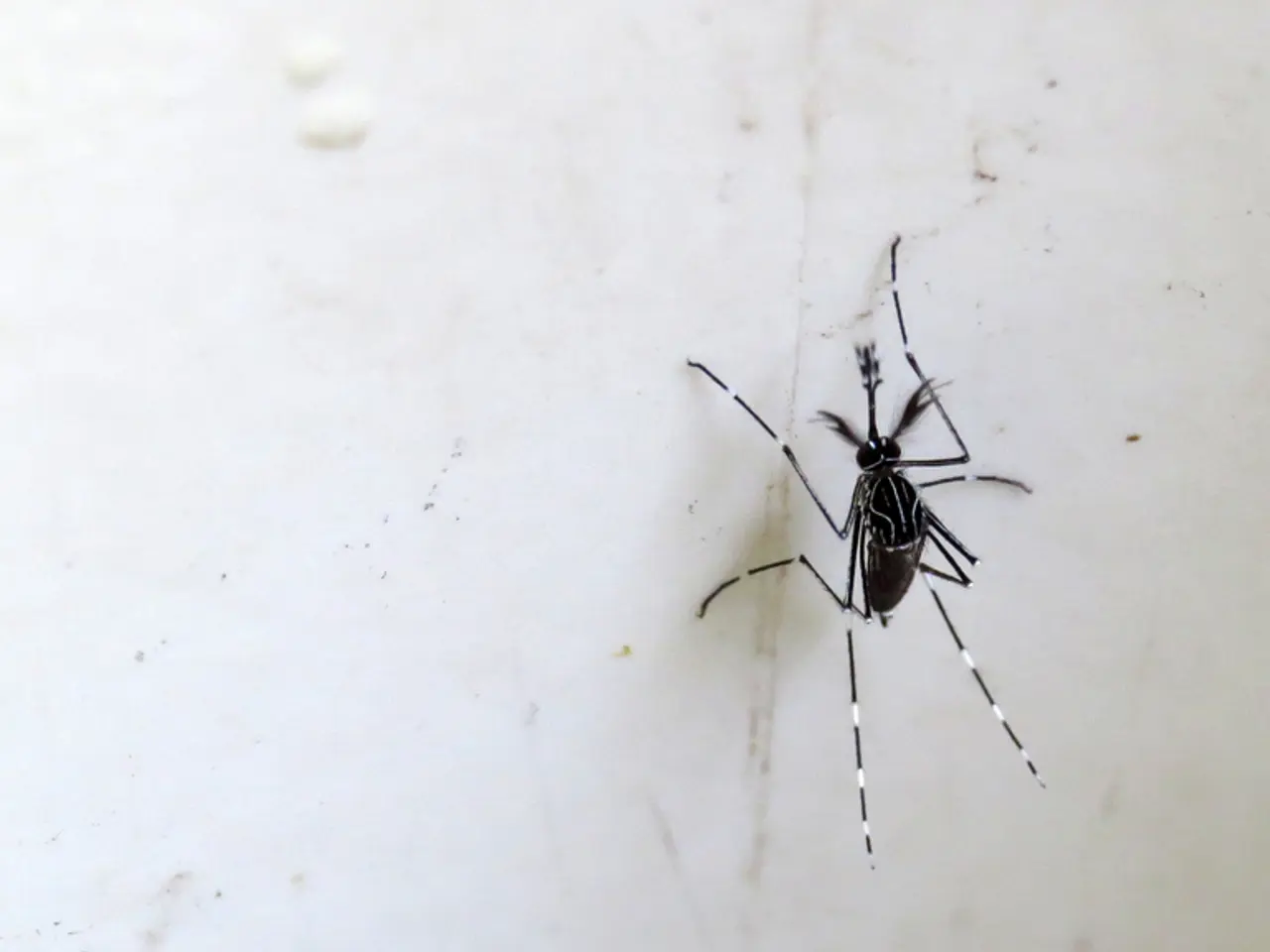Genetic Variation and Evolutionary Development of Malaria-Carrying Mosquitoes Uncovered
In a pioneering study, an international team of researchers, led by the International Center of Insect Physiology and Ecology (ICIPE), has explored the genetics of Anopheles funestus, one of the most prolific malaria-transmitting mosquitoes in sub-Saharan Africa. The study, published in the esteemed journal Science, offers valuable insights into the genetic diversity and population structure of this malaria vector.
The study involved the analysis of over 800 samples from Sub-Saharan Africa, including 656 samples collected since 2014 and 45 historical samples collected between 1927 and 1967. This comprehensive approach allowed the team to establish a broad genetic foundation for further analysis.
The data revealed some An. funestus populations sharing genetic variation across the African continent, while others were genetically distinct. There were also two genetically distinct groups and some subgroups that appear to diverge in response to insecticide use in the regions where those samples originated. Interestingly, none of the historic samples contained the mutations associated with DDT resistance, despite resistance to DDT being reported as early as the 1950s.
The evolutionary dynamic ability of An. funestus regarding pesticide resistance is highlighted in the study, with modern samples showing independent sources for mutations in Gste2* that confer resistance to DDT. This finding underscores the need for continued research and development of new strategies for vector control.
Marilou Boddé, PhD, a postdoctoral fellow formerly at the Wellcome Sanger Institute, is one of the authors of the study. Charles Wondji, PhD, professor at the Liverpool School of Tropical Medicine and based at the Centre for Research in Infectious Diseases in Cameroon, is also a co-author.
Boddé notes that the insights from this study are crucial for designing future tools that need to work across entire continents for the benefit of those living in countries affected by malaria. Wondji concludes by stating that his team is proud to have contributed to this major milestone that will facilitate the implementation of future control interventions against this major vector.
The study's data spanned a 4,000 km range over 17 geographic regions, providing a foundation for the development of strategies for controlling disease spread by these mosquitoes. The authors emphasize that a greater understanding of the genetic diversity and complex population structure of An. funestus will underpin smarter surveillance and targeted vector control.
The team is hopeful that the study will enable additional work to positively impact efforts at vector control and reduce the spread of infectious diseases. The work is progress in generating a foundational genomic understanding of An. funestus, which will undoubtedly contribute to ongoing efforts to combat malaria in sub-Saharan Africa.
Read also:
- Abu Dhabi initiative for comprehensive genetic screening, aiming to diagnose over 800 conditions and enhance the health of future generations in the UAE.
- Elderly shingles: Recognizing symptoms, potential problems, and available treatments
- Exploring the Reasons, Purposes, and Enigmas of Hiccups: Delving into Their Origins, Roles, and Unsolved Aspects
- Various forms of cataracts include nuclear, pediatric, traumatic, and additional types







